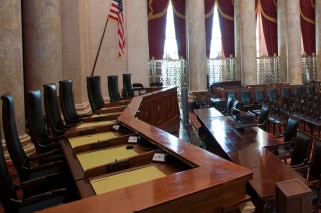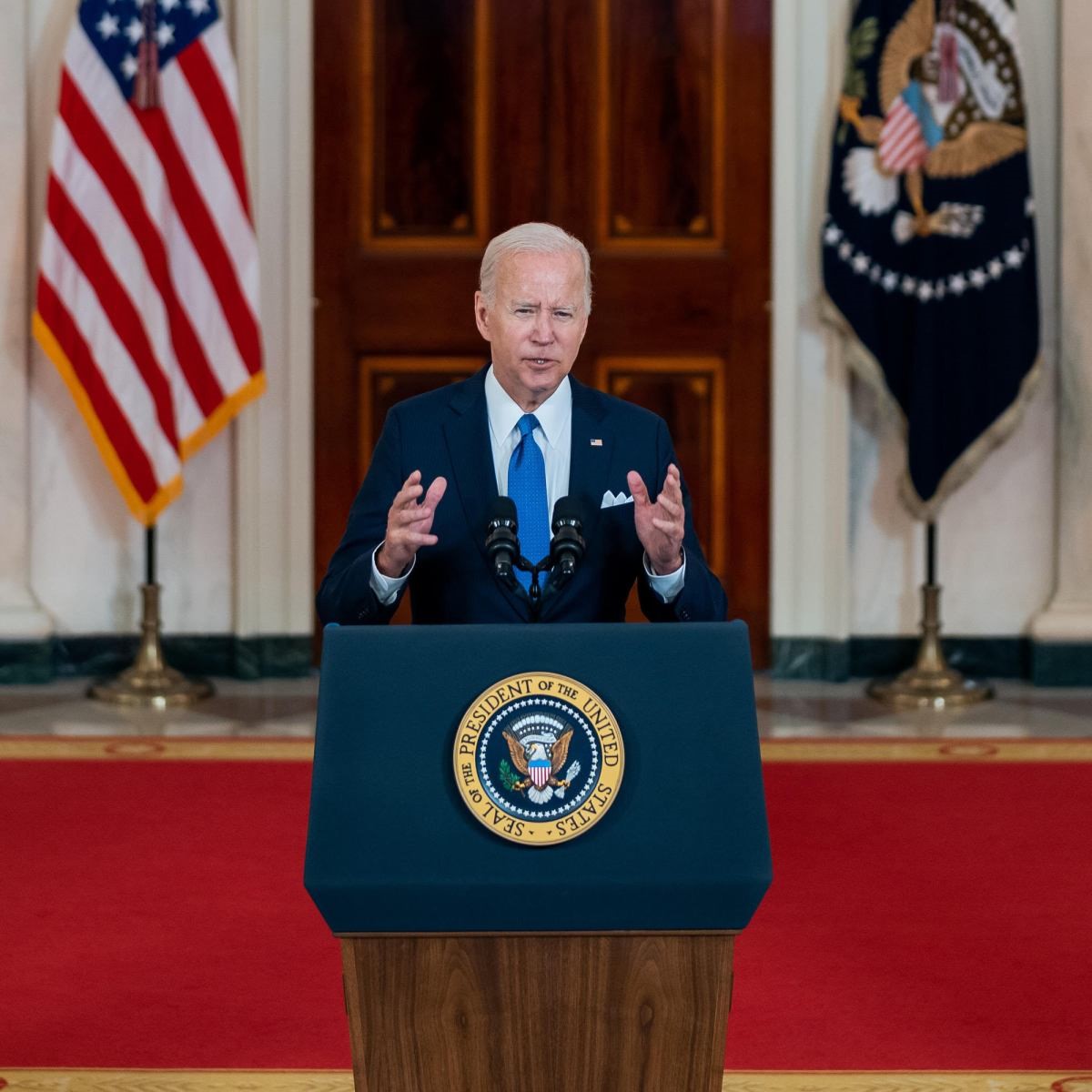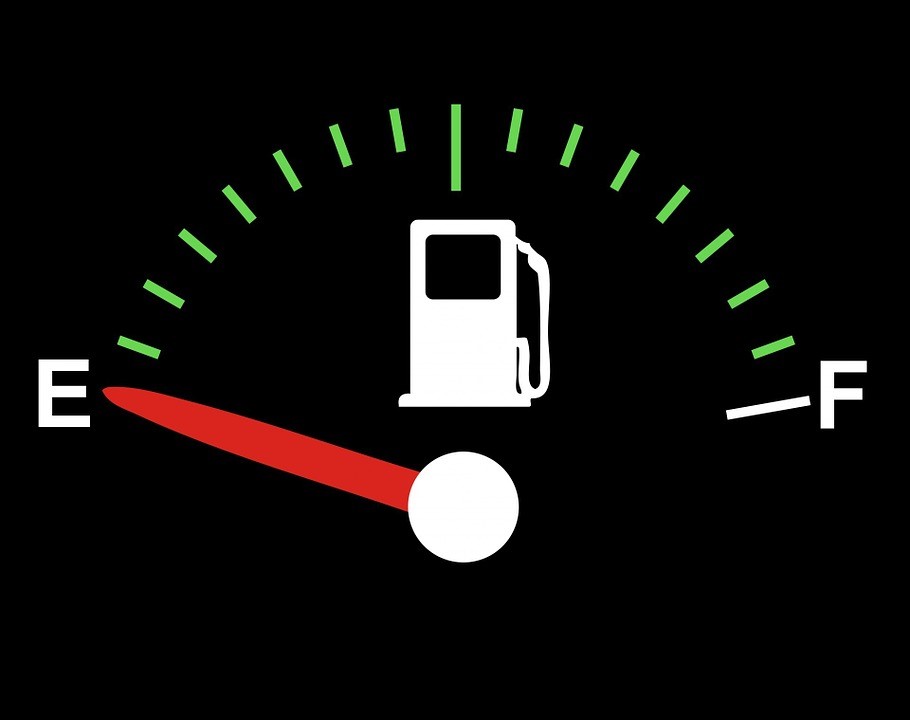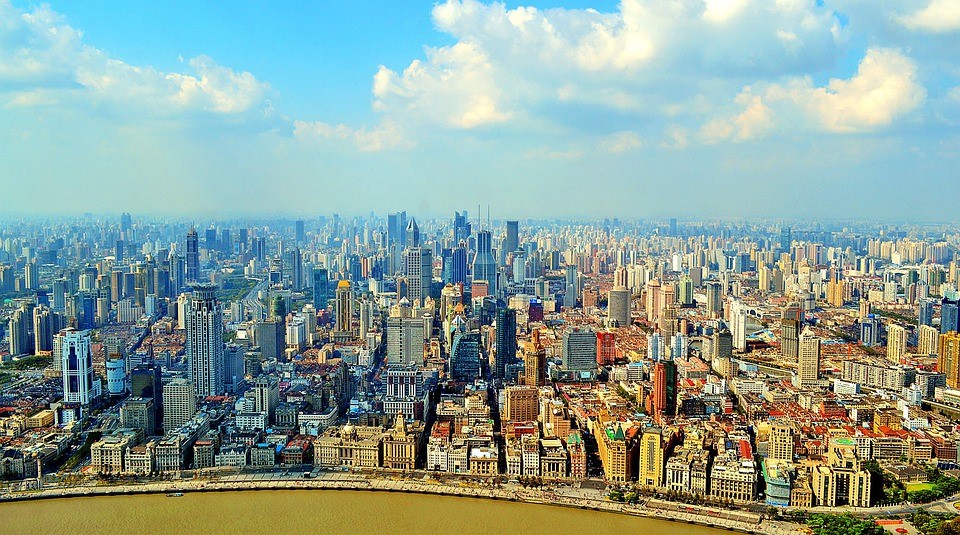One of the most common complaints many on the right make about those on the left, is that no one on the left will ever admit they are wrong. Caught in the process of either spreading misinformation, or simply incorrect about a belief or assumption, when does a progressive ever utter the words, I was wrong?
Those of us on the right are never afraid to admit a mistake. In general, we believe we can learn from our errors. But in order to find the path to truth, we must begin by acknowledging the wrong path.
Without an ounce of shame, I hereby admit to my own mistaken belief – I never thought the US Supreme Court would reverse Roe v. Wade in my lifetime, if at all. I believed the Court would continue to limit Roe, or carve out yet another exception.
But, I was wrong. In Dobbs v. Jackson, the US Supreme Court reversed the 50 year old precedent of Roe, without hesitation or equivocation of any sort.
The misconceptions, and outright lies about the Dobbs decision began almost immediately. President Biden said “(n)ow with Roe gone, let’s be very clear, the health and life of women across this nation are now at risk…the court has done what it’s never done before – expressly taking away a constitution right that is so fundamental to so many Americans.” According to Health and Human Services Secretary Xavier Becerra, “Today’s decision is unconscionable. Abortion is a basic and essential part of health care – and patients must have the right to make decisions about their health care and autonomy over their own bodies.”
Not to be outdone, Attorney General Merrick Garland made this statement; “Today, the Supreme Court overturned Roe v. Wade…and held that the right to abortion is no longer protected by the Constitution….(t)he Supreme Court has eliminated an established right that has been an essential component of women’s liberty for half a century – a right that has safeguarded women’s ability to participate fully and equally in society…(t)his decision deals a devastating blow to reproductive freedom in the United States. It will have an immediate and irreversible impact on the lives of people across the country. And it will be greatly disproportionate in its effect – with the greatest burdens felt by people of color and those of limited financial means.”
Has the Supreme Court really eliminated a woman’s “right” to an abortion? Has “reproductive freedom” been dealt a “devastating blow?” Has the health and safety of women across the country been placed at risk?
Considering the source of these allegations, the answer should be obvious.
In his majority opinion, Justice Alito notes that “(f)or the first 185 years after the adoption of the Constitution, each State was permitted to address (the issue of abortion) in accordance with the views of its citizens. Then, in 1973… (e)ven though the Constitution makes no mention of abortion, the Court held that it confers a broad right to obtain one…(a)lthough the Court acknowledged that States had a legitimate interest in protecting ‘potential life,’ it found that this interest could not justify any restriction on pre-viability abortions. The Court did not explain the basis for this line, and even abortion supporters have found it hard to defend Roe’s reasoning.”
Further, “(a)t the time of Roe, 30 States still prohibited abortion at all stages. In the years prior to that decision, about a third of the States had liberalized their laws, but Roe abruptly ended that political process. It imposed the same highly restrictive regime on the entire Nation, and it effectively struck down the abortion laws of every single State. As Justice Byron White aptly put it in his dissent, the decision represented the ‘exercise of raw judicial power,’ (citation omitted), and it sparked a national controversy that has embittered our political culture for a half century.”
“Americans continue to hold passionate and widely divergent views on abortion,” Justice Alito writes, “and state legislatures have acted accordingly. Some have recently enacted laws allowing abortion, with few restrictions, at all stages of pregnancy. Others have tightly restricted abortion beginning well before viability. And in this case, 26 States have expressly asked this Court to overrule Roe…and allow the States to regulate or prohibit pre-viability abortions.”
“We hold that Roe…must be overruled. The Constitution makes no reference to abortion, and no such right is implicitly protected by any constitutional provision, including the one on which the defenders of Roe…now chiefly rely—the Due Process Clause of the Fourteenth Amendment. That provision has been held to guarantee some rights that are not mentioned in the Constitution, but any such right must be ‘deeply rooted in this Nation’s history and tradition’ and ‘implicit in the concept of ordered liberty.’” (Citation omitted.)
“The right to abortion does not fall within this category. Until the latter part of the 20th century, such a right was entirely unknown in American law. Indeed, when the Fourteenth Amendment was adopted, three quarters of the States made abortion a crime at all stages of pregnancy…Roe was egregiously wrong from the start. Its reasoning was exceptionally weak, and the decision has had damaging consequences. And far from bringing about a national settlement of the abortion issue, Roe…enflamed debate and deepened division.”
“It is time to heed the Constitution and return the issue of abortion to the people’s elected representatives. ‘The permissibility of abortion, and the limitations, upon it, are to be resolved like most important questions in our democracy: by citizens trying to persuade one another and then voting.’ (Citation omitted.) That is what the Constitution and the rule of law demand.”
I encourage the reader to reread, and then read once more the above-stated quotes taken directly from Justice Alito’s majority opinion in Dobbs. Does this language “eliminate” the “right” to an abortion? Of course not. Instead, the Court recognizes that there is not, and never has been, a Constitutional Right to abortion. Instead, historically, before Roe, this issue was subject to State regulation, not federal.
In other words, States are once more recognized as being free to allow or prohibit abortion as their legislatures, elected by their citizens, see fit.
Of course, this is the heart of the matter. For 50 years, abortion supporters have been satisfied with mandating and imposing their beliefs on the entire nation, without regard to the objections, sensibilities and opinions of their fellow citizens. Now, thanks to the Supreme Court, abortion supporters must “try and persuade” their fellow citizens through the democratic process that abortion is necessary for “reproductive freedom,” and if necessary, what, if any, limitations should be placed on the procedure.
President Biden seemed to understand the nature of this change as he “implored voters to turn out in November to elect members of Congress willing to write abortion protections into law. Speaking from the White House, Biden said, ‘This is a sad day for the country in my view, but it doesn’t mean the fight is over.’”
But then there are abortion supporters like Maxine Waters (D-CA), who don’t appear to have any faith in the democratic process. “Women are going to control their bodies no matter how they try and stop us,” Waters stated. “The hell with the Supreme Court. We will defy them. Women will be in control of their bodies…(w)e are going to make sure we fight for the right to control our own bodies.”
Waters is joined by Alexandria Ocasio-Cortez (D-NY) in supporting the effort to “persuade” voters to support abortion legislation through reasoned discussion; “Ocasio-Cortez has called the Supreme Court ruling…’illegitimate’ and called for supporters to take to ‘the streets’ to fight for abortion.”
Expect more temper tantrums from people like Waters and AOC as they bully and threaten their fellow citizens, rather than follow the clear path pointed out by the Supreme Court – that is, to argue with and persuade the citizens and legislatures of the various states where abortion is more heavily restricted. But let’s face it, after 50 years of having their way, it’s hard for abortion supporters to suddenly realize there are other opinions on this issue that must be respected if a consensus is to be reached.
Abortion proponents could start the discussion by admitting that Roe‘s interpretation of the Constitution was wrong. I don’t see that happening, but if it does…well, I can admit when I’m wrong…
Judge John Wilson (ret.) served on the bench in NYC.
Photo: Pixabay









